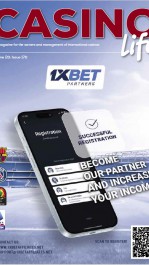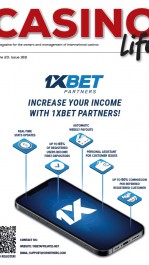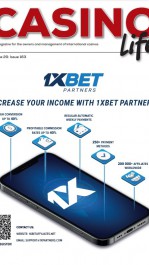The ability to make seamless payments is something that casino players often take for granted. It is an expectation for many, as they believe it is a standard feature that operators must provide to offer a flawless user experience. Of course, in today’s day and age, it isn’t hard to understand why this is expected.
Players want to be able to make instant deposits to their accounts and play the games of their choice immediately. Many will use payment methods that they are familiar with, including using a PayPal casino where making transactions is simple and can be a lot quicker than other methods, especially for withdrawals.
It’s something that online casinos have recognized and appreciate, knowing that if they do not make the payment process as seamless as possible, they could be missing out on potential revenues. With the amount of choice players have, if the UX is not flawless across all key aspects of a casino site, there is a very high chance that they will be taking their money elsewhere.
But what does the implementation of seamless payments say about a casino’s technology stack? In truth, while it is invisible to the player, they suggest that there is a blend of advanced IT, smart integration, and compliance-driven design.
Tech Stack Foundations Behind Seamless Payments
A tech stack is the combination of programming languages, frameworks, libraries, tools, and technologies used to build and run a software application or system. It includes both the front-end (client-side) components that users interact with and the back-end (server-side) components that handle logic, data storage, and processing.
For a casino to be able to offer seamless payments, it needs to use a well-orchestrated technology stack that features many critical components.
Payment Gateways and APIs
Payment gateways enable users to be able to make secure transactions in real-time. Players can make deposits and instantly credit their casino accounts with their chosen method, allowing them to play casino games immediately.
The APIs (Application Programming Interfaces) that are used can enable casinos to be integrated with several different payment gateways, providing support for multiple options that players can use. With more options available, players will have greater flexibility with their choice, while also potentially being offered a greater amount of accessibility compared to those that haven’t integrated with a comprehensive API.
Digital Wallets and Cashless Solutions
Digital wallets have become one of the most popular forms of fintech solutions around the world. Many use providers of these options (Apple Pay, Google Pay, etc.) to make everyday payments, including casino gamers. This is because they provide a convenient user experience when making a transaction, with details and funds possible to be stored on them and providing instant payments.
In addition to offering convenience, digital wallets can also help to improve the security that can be obtained by the end user. Through the use of biometric authentication technologies, such as facial recognition and fingerprint scanning, passwords are replaced, making transactions both secure and effortless.
Other cashless solutions may also include cryptocurrency and the implementation of blockchain technologies. With the virtual currency offering a greater level of accessibility to players due to its decentralized format, players in countries where their fiat options may be restricted can deposit funds and use the security that is provided by the blockchain to enjoy secure transactions. Blockchain’s finality eliminates refund disputes, streamlining operations and reducing fraud.
User Interface (UI) and Experience (UX) Design
The user interface (UI) that players are met with ensures a faultless user experience (UX) is obtained throughout, especially when it comes to making payments. It is possible to argue that good UX makes payments feel “invisible” by minimizing clicks and friction.
The design of how payments are offered to the player can help to facilitate a seamless experience, as they can appear intuitive, visually pleasing, and remain responsive across many different devices. With players enjoying casino gaming across mobile and desktop, it is important for the casino to integrate a payment system that works across all types of devices.
Compliance and Risk-Aware Design
Online casinos must ensure that payments are compliant with various regulations that must be met, depending on the licenses that they hold. This can include passing Know Your Customer (KYC) checks and Anti-Money Laundering (AML) regulations. Using the right payment solutions, the user experience shouldn’t be disrupted as the required checks are completed in the background.
Artificial intelligence models have improved significantly over the past few years, with the technology able to analyze player behaviors and detect potentially fraudulent activity. They can also help speed up transactions by leveraging the data they have gathered, such as making recommendations that streamline the payment process or make it smoother than ever.
Final Thoughts
The tech stack that is used by a casino may not be instantly recognizable to a player, but it can make a huge difference in the UX that they receive. A casino that integrates one successfully can offer a faultless experience and ensure it remains competitive in a market that can be unforgiving if making payments is not easy for the user to complete.






























